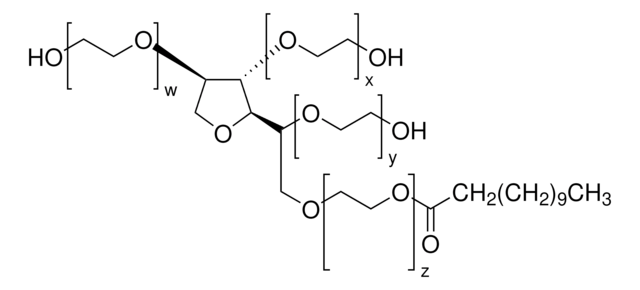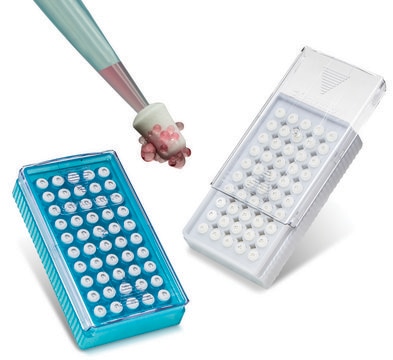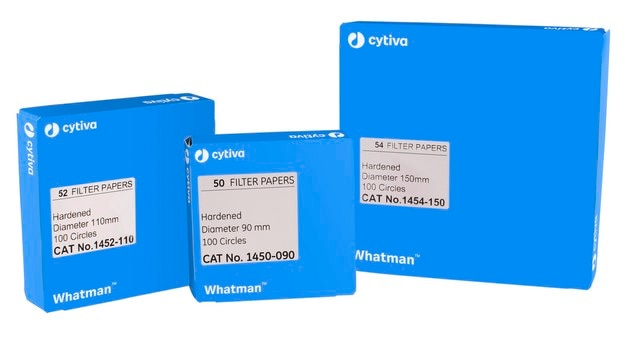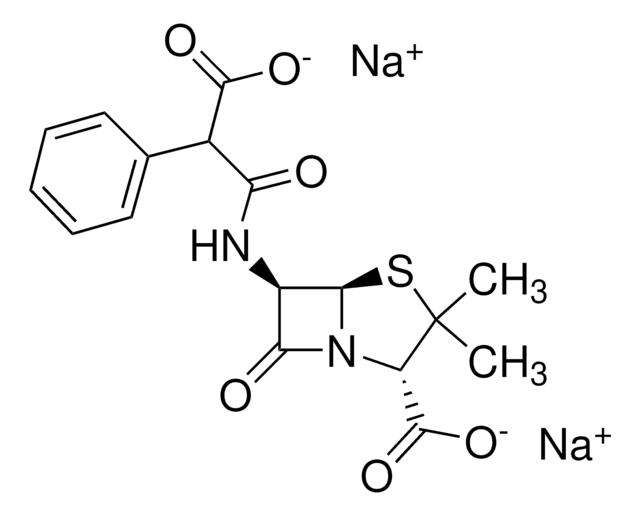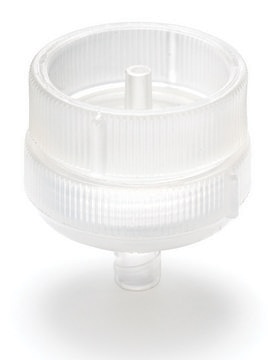MABN1775
Anti-ABCA4 Antibody, clone TMR1
clone TMR1, from mouse
Synonym(s):
Retinal-specific ATP-binding cassette transporter, ATP-binding cassette sub-family A member 4, RIM ABC transporter, RIM protein, RmP, Stargardt disease protein
About This Item
Recommended Products
biological source
mouse
Quality Level
antibody form
purified antibody
antibody product type
primary antibodies
clone
TMR1, monoclonal
species reactivity
human, mouse
species reactivity (predicted by homology)
bovine (based on 100% sequence homology)
technique(s)
immunocytochemistry: suitable
immunofluorescence: suitable
western blot: suitable
isotype
IgG1κ
NCBI accession no.
UniProt accession no.
shipped in
wet ice
target post-translational modification
unmodified
Gene Information
human ... ABCA4(24)
General description
Ref.: Tsybovsky, Y et al. (2010). Adv. Exp. Med. Biol. 703, 105-125.
Specificity
Immunogen
Application
Immunocytochemistry Analysis: A representative lot detected similar cellular localization of wild-type and ABCA4 missense constructs with either or both L541P and A1038V mutation by fluorescent immunocytochemistry staining of 4% paraformaldehyde-fixed, 0.1% Triton X-100-permeabilized HEK293 transfectants (Zhang, N., et al. (2015). Hum. Mol. Genet. 24(11):3220-3237).
Immunofluorescence Analysis: A representative lot detected ABCA4 immunoreactivity in retina cryosections from wild-type mice and mice with heterozygous L541P;A1038V (PV) missense mutaion, but not mice with homozygous PV mutation (Zhang, N., et al. (2015). Hum. Mol. Genet. 24(11):3220-3237).
Neuroscience
Quality
Western Blotting Analysis: A 1:125 dilution of this antibody detected ABCA4 in 10 µg of human retina tissue lysate.
Target description
Physical form
Storage and Stability
Other Notes
Disclaimer
Not finding the right product?
Try our Product Selector Tool.
wgk_germany
WGK 1
Certificates of Analysis (COA)
Search for Certificates of Analysis (COA) by entering the products Lot/Batch Number. Lot and Batch Numbers can be found on a product’s label following the words ‘Lot’ or ‘Batch’.
Already Own This Product?
Find documentation for the products that you have recently purchased in the Document Library.
Our team of scientists has experience in all areas of research including Life Science, Material Science, Chemical Synthesis, Chromatography, Analytical and many others.
Contact Technical Service